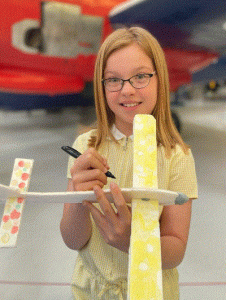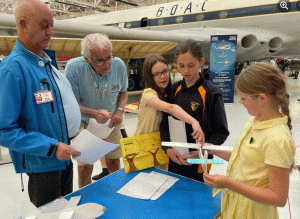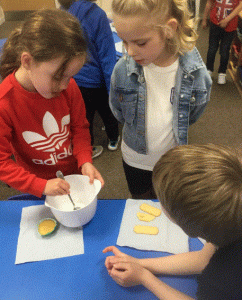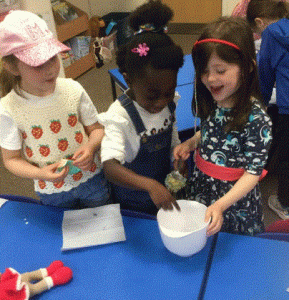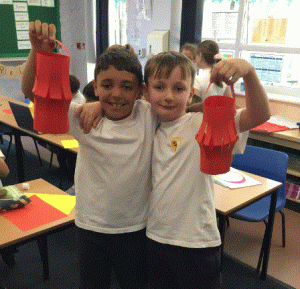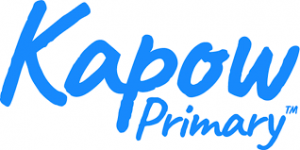In Design Technology, we intend for our children to:
- develop the creative, technical and practical expertise needed to perform everyday
tasks confidently and to participate successfully in an increasingly technological world - build and apply a repertoire of knowledge, understanding and skills in order to design
and make high-quality prototypes and products for a wide range of users - critique, evaluate and test their ideas and products and the work of others
- understand and apply the principles of nutrition and learn how to cook.
To implement this, St. Christopher’s has selected Kapow Primary as its curriculum provider for both Art & Design and Design Technology.
There are the three units of art and of DT per year group that have been selected to give the best overall skills coverage.
Through the units selected, children in Key Stage One will…
Design
- design purposeful, functional, appealing products for themselves and other users
based on design criteria - generate, develop, model and communicate their ideas through talking, drawing,
templates, mock-ups and, where appropriate, information and communication
technology
Make
- select from and use a range of tools and equipment to perform practical tasks [for
example, cutting, shaping, joining and finishing] - select from and use a wide range of materials and components, including construction
materials, textiles and ingredients, according to their characteristics
Evaluate
- explore and evaluate a range of existing products
- evaluate their ideas and products against design criteria
Acquire Technical knowledge
- build structures, exploring how they can be made stronger, stiffer and more stable
- explore and use mechanisms [for example, levers, sliders, wheels and axles], in their
products.
Through the units selected, children in Key Stage Two will…
Design
- use research and develop design criteria to inform the design of innovative, functional,
appealing products that are fit for purpose, aimed at particular individuals or group - generate, develop, model and communicate their ideas through discussion, annotated
sketches, cross-sectional and exploded diagrams, prototypes, pattern pieces and
computer-aided design
Make
- select from and use a wider range of tools and equipment to perform practical tasks
[for example, cutting, shaping, joining and finishing], accurately - select from and use a wider range of materials and components, including construction
materials, textiles and ingredients, according to their functional properties and aesthetic
qualities
Evaluate
- investigate and analyse a range of existing products
- evaluate their ideas and products against their own design criteria and consider the
views of others to improve their work - understand how key events and individuals in design and technology have helped
shape the world
Acquire Technical knowledge
- apply their understanding of how to strengthen, stiffen and reinforce more complex
structures - understand and use mechanical systems in their products [for example, gears, pulleys,
cams, levers and linkages] - understand and use electrical systems in their products [for example, series circuits
incorporating switches, bulbs, buzzers and motors] - apply their understanding of computing to program, monitor and control their products.
St. Christopher’s alternates between Art and Design and DT each half term. This is to enable the children to have a longer lesson in order give time to develop and refine knowledge and practice skills.
Details of what the children will be learning from Reception to Year 6 can be found in the documents below.
Adaptive teaching and Special Educational Needs (SEN)
Adaptive teaching strategies are used to ensure that all pupils can access learning and remain in the classroom as much as possible. Lessons are carefully planned and scaffolded to ensure that all pupils will be able to achieve the shared learning objective at their own level. Children with the greatest need, for example those with Special Educational Needs (SEN), will be given more in lesson support. This will include: more quality teaching and learning time with the class teacher; activities being broken down into smaller, more manageable steps; a higher level of personalised scaffolding in activities. It is our goal for all learners to be able to achieve the learning objective successfully in every lesson. Through adaptive teaching we aim to foster independence, resilience and self-confidence for every child.
